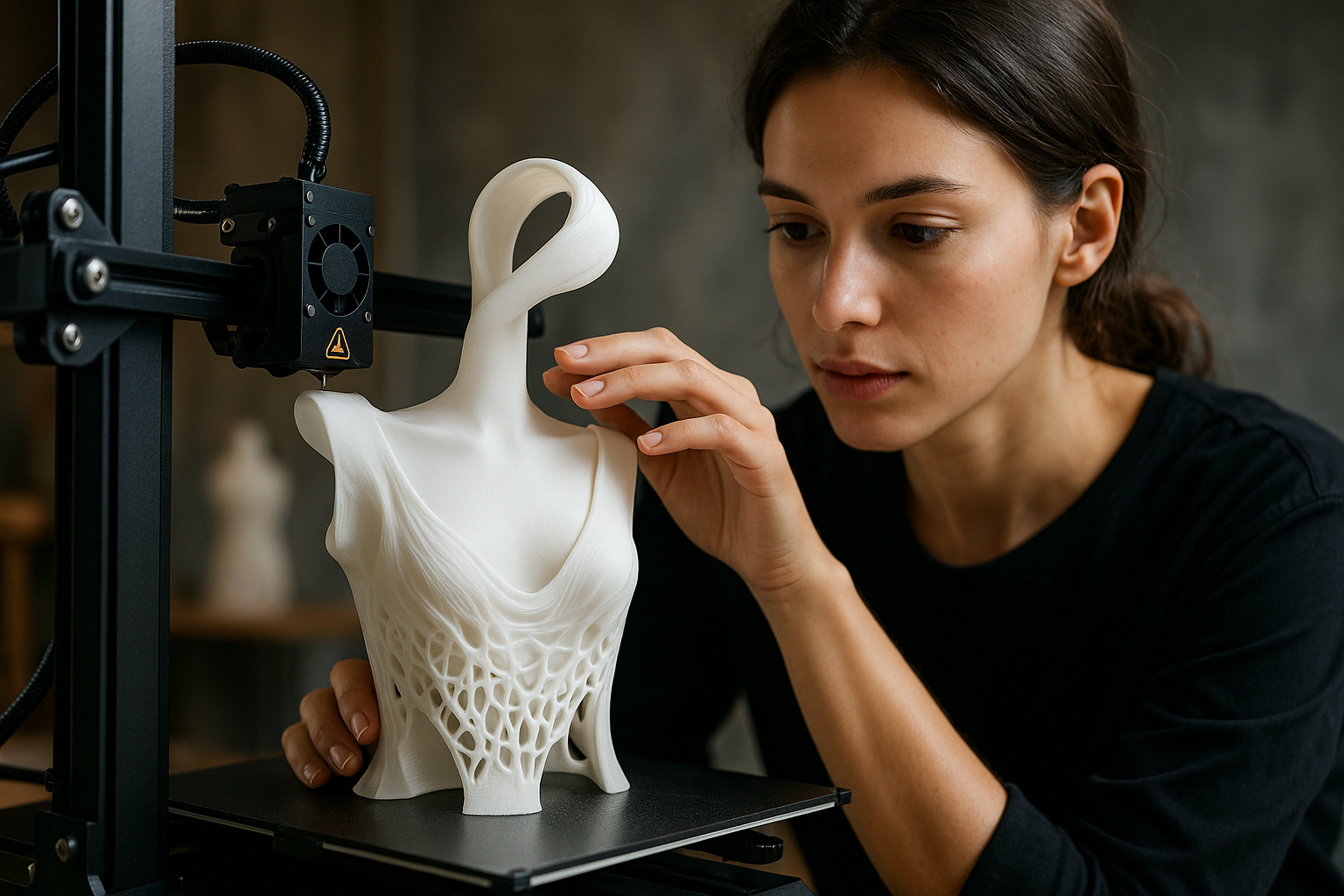3D Pens: Sculpting the Future, One Stroke at a Time
In recent years, 3D printing technology has rapidly evolved, blurring the lines between imagination and reality. One of the most accessible and innovative tools in this realm is the 3D pen. Unlike its bulky 3D printer cousin, the 3D pen is a handheld device allowing users to draw three-dimensional shapes, adding a new dimension to creativity and building. Here's a comprehensive look at the 3D pen, its uses, and how it works.

Craft Your Imagination: Understanding 3D Pen Technology
At its core, a 3D pen works similarly to a handheld glue gun but uses plastic filament instead. The pen heats the plastic to its melting point, allowing it to flow through the nozzle. As the melted plastic exits the pen, it quickly cools and solidifies, enabling users to create sturdy three-dimensional structures. Most 3D pens use either PLA (Polylactic Acid) or ABS (Acrylonitrile Butadiene Styrene) filament, each offering unique properties for different applications.
Creating in Mid-Air: Mastering the Basics
The ability to draw in three-dimensional space sets 3D pens apart from traditional art tools. Users can start by drawing on a flat surface and then literally lift their creation into the air, adding layers and dimensions as they go. This unique capability requires practice to master but opens up endless possibilities for creative expression. The key lies in understanding the cooling time of the material and maintaining consistent drawing speed.
DIY in Three Dimensions: Practical Applications
3D pens have found their way into various practical applications beyond artistic creation. From repairing plastic items to prototyping designs, these tools offer unique solutions for everyday problems. They’re particularly useful in educational settings, helping students understand spatial relationships and geometric concepts through hands-on experience. Architects and designers use them for quick concept modeling, while crafters incorporate them into mixed-media projects.
Sculpt with Precision: Choosing the Right Tool
| Model | Key Features | Price Range |
|---|---|---|
| 3Doodler Create+ | Temperature control, ergonomic design | $79-99 |
| MYNT3D Professional | LCD display, variable speed | $69-89 |
| Scribbler V3 | Dual temperature settings, lightweight | $99-129 |
| 3D Pen Robot | Child-safe nozzle, auto shut-off | $39-59 |
Prices, rates, or cost estimates mentioned in this article are based on the latest available information but may change over time. Independent research is advised before making financial decisions.
Draw and Build Instantly: Tips for Success
Success with 3D pens requires attention to several key factors. Temperature control is crucial - different materials require different heat settings for optimal flow. Starting with simple 2D shapes and gradually building up to 3D structures helps develop necessary skills. Using stencils or templates can aid in creating more complex designs, while maintaining a steady hand and consistent drawing speed ensures smooth, professional-looking results.
The future of 3D pens continues to evolve with technological improvements in temperature control, material compatibility, and ergonomic design. As these tools become more sophisticated, they’re finding new applications in fields ranging from education to professional design. Whether for creative expression, practical repairs, or educational purposes, 3D pens offer an accessible entry point into the world of three-dimensional creation, allowing anyone to literally draw their ideas into existence.




